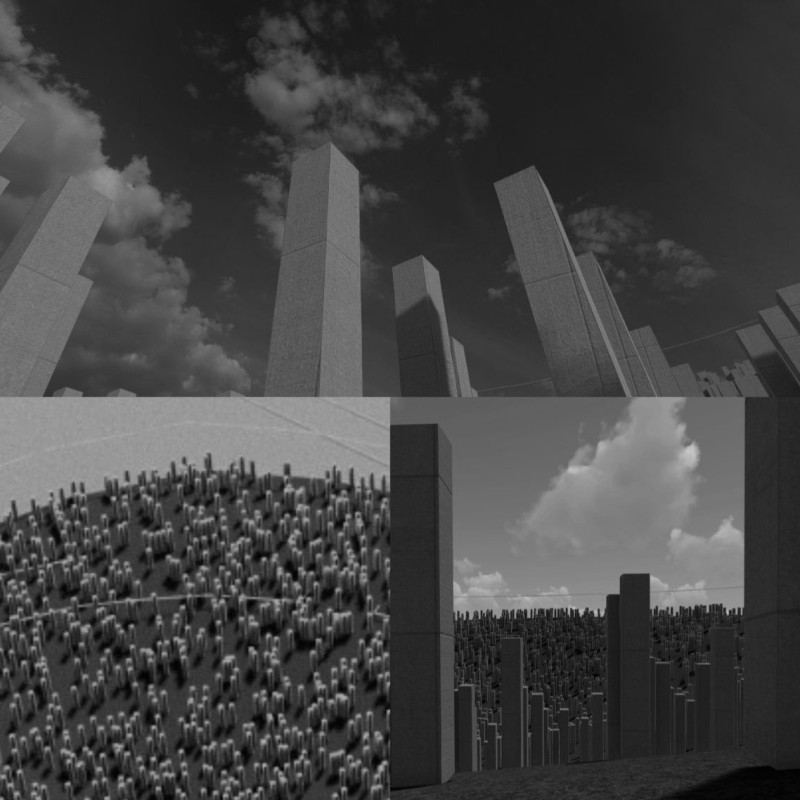5 key facts about this project
At the heart of this architectural design is a multifunctional space that serves as a community hub. The core function of the project is to foster social interactions while accommodating various public activities that range from cultural events to daily gatherings. The layout is thoughtfully organized to facilitate movement and interaction, featuring open spaces that invite participation while maintaining areas for quieter reflection. This careful zoning demonstrates an awareness of human behavior, ensuring that the design meets the diverse needs of its users.
Materiality plays a significant role in the overall execution of the project. The selection of materials was made with both aesthetic and environmental considerations in mind. Predominant materials include locally sourced timber, glass, and steel, which provide a modern yet warm feel to the structure. The use of timber not only adds an organic element that connects the building with nature, but it also promotes sustainability by utilizing a renewable resource. Glass elements are strategically integrated to allow abundant natural light to permeate the interiors, creating a sense of openness and enhancing the interior atmosphere. Steel accents provide structural integrity and serve as contrast to the softer tones of timber, showcasing a harmonious relationship between strength and warmth.
Also notable is the project’s roof design, which incorporates green technology through the use of living roofs. These roofs are designed to support local biodiversity while also improving insulation and reducing the urban heat island effect. This innovative use of landscaping on the rooftops illustrates a commitment to environmental sustainability and a forward-thinking approach to architecture. The integration of photovoltaic panels on the roof further supports the project’s energy-efficient goals, enabling the building to generate a portion of its power through renewable sources.
The overall design approach reflects a deep understanding of the geographical context in which the project situates. This architecture responds to local climatic conditions and cultural nuances, incorporating features such as shaded areas and cross-ventilation strategies to promote comfort throughout varying seasons. This contextual awareness is evident in the building's form and orientation, which are optimized to maximize natural light while minimizing glare.
Unique design elements are prevalent throughout the project. One significantly innovative feature is the incorporation of interactive public art installations that serve as both decorative and educational components. These installations not only enhance the visual appeal of the space but also engage the community in meaningful dialogues about art, culture, and environmental stewardship. The design integrates public art into the fabric of the architecture, blurring the lines between built environment and artistic expression.
Details of the architecture are meticulously planned, from the spacious atriums that encourage community gatherings to strategically placed seating areas that promote conversation. The communal spaces are designed with flexibility in mind, able to accommodate different configurations for various events, which enhances the functionality of the project. Specialized areas, such as dedicated children’s zones, help to create a welcoming environment for families and promote community inclusivity.
This architectural project exemplifies a thoughtful balance of design principles that prioritize user experience, environmental sustainability, and contextual relevance. The outcome is a robust architectural statement that not only serves its intended function but also enriches the community and inspires ongoing engagement. For those interested in exploring the comprehensive aspects of this project, including architectural plans, architectural sections, and specific architectural ideas, further details are available for review. Engaging with these elements will provide deeper insights into the innovative approaches that define this remarkable project.























